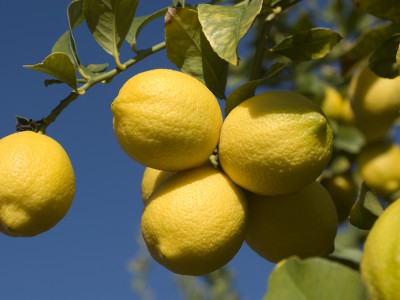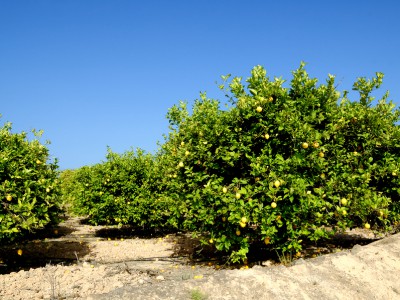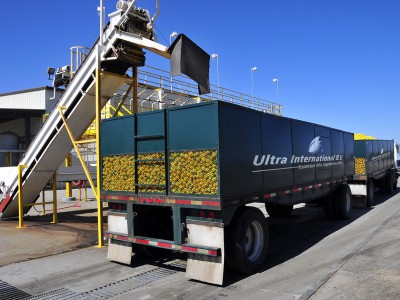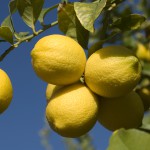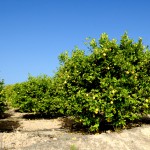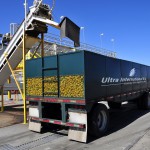Product: Lemon Oil
Lemon Oil Argentina Citrus limon (L.) Burm. F.
-
Description
Lemon oil from all corners of the world is one of Ultra’s core products and is obtained by cold expression or steam distillation of lemon peel.
Lemon has a place in many culinary uses from soft drinks and cocktails to marmalade. However, it can also be used and found in household cleaning products since it can disinfect, deodorise, remove grease and dissolve wax and grime to name but a few uses.
Lemon is also used in aromatherapy to enhance moods and can be used for its anti-bacterial properties in other medicinal applications. In fragrances it gives a fresh uplifting and zesty note to any perfume as it is highly volatile.
Interestingly the three top producers of fresh lemons in the world are not the countries we would associate with oil production; the top 3 being China, India and Mexico, which account for over 40% of the world production.
Today we associate lemon oil production with Italy and Spain (Europe), Argentina and USA (Americas) and even South Africa.
Over the past 40 years Argentina's processed lemon volumes have increased significantly decade on decade, from an average annual volume of 80,000 MT in the 1970s, to 200,000 MT in the 1980s, to 540,000 MT in the 1990s and 900,000 MT since 2000. This is why today its contribution is very important to our markets.
Argentina's 2014 crop disaster put huge pressure on the global market, something we are still recovering from. Argentina contributes around 10% of the global fresh lemon fruit market. When you think that over the past 5 years Argentina has processed an average of 860,000 MT of fresh lemons then any crop 'disaster' will have a major impact on the global market.

-
Product Details
- Botanical name: Citrus limon (L.) Burm. F.
- Origin: Argentina
- Crop Season: May - July
- Plant/part used: Ripe peel of fruit.
- Method of extraction: Expression/Distillation
- TSCA CAS: 8008-56-8
- EINECS CAS: 84929-31-7
- EINECS: 284-515-8
- INCI Name: Citrus medica limonum (Lemon) peel oil
- Appearance: Pale yellow to dark yellow mobile liquid.
- Organoleptic Properties: Fresh lemon peel sweet citrus aldehydic
- Density: 0.845 -0.860
- Refractive index: 1.468 -1.480
- Optical rotation: +57º to +70º
- Chemical constituents: Limonene, Terpinene, Pinene, Sabinene, Myrcene, Citral, Linalool.
- Fragrance usage: max. 10%
- REACH: Registered
-
Latest Market Information September 11, 2025
Lemons in Argentina thrive in well-drained sandy or loamy soils with a slightly acidic to neutral pH. They need warm subtropical climates with plenty of sunlight and moderate rainfall to flourish. Production is concentrated in the areas of Tucumán, Salta, and Jujuy. Argentine lemon supply is becoming very short. As a long crop, taking about four years to bear fruit, supply trends move slowly. Bigger changes are expected around the Spanish crop in November. Prices rose sharply after nearly five years at unsustainable levels. With these levels being unsustainable for producers, many have switched to sugarcane for biodiesel. This imbalance between supply and demand has pushed the current market price at the source.
Market prices : USD 16.00 /kilo -
Product Enquiry
To ask us a fair quote for this product, please fill the following form:
-
Documents & Links
List of product Files
 Ultra International B.V.
Ultra International B.V.
